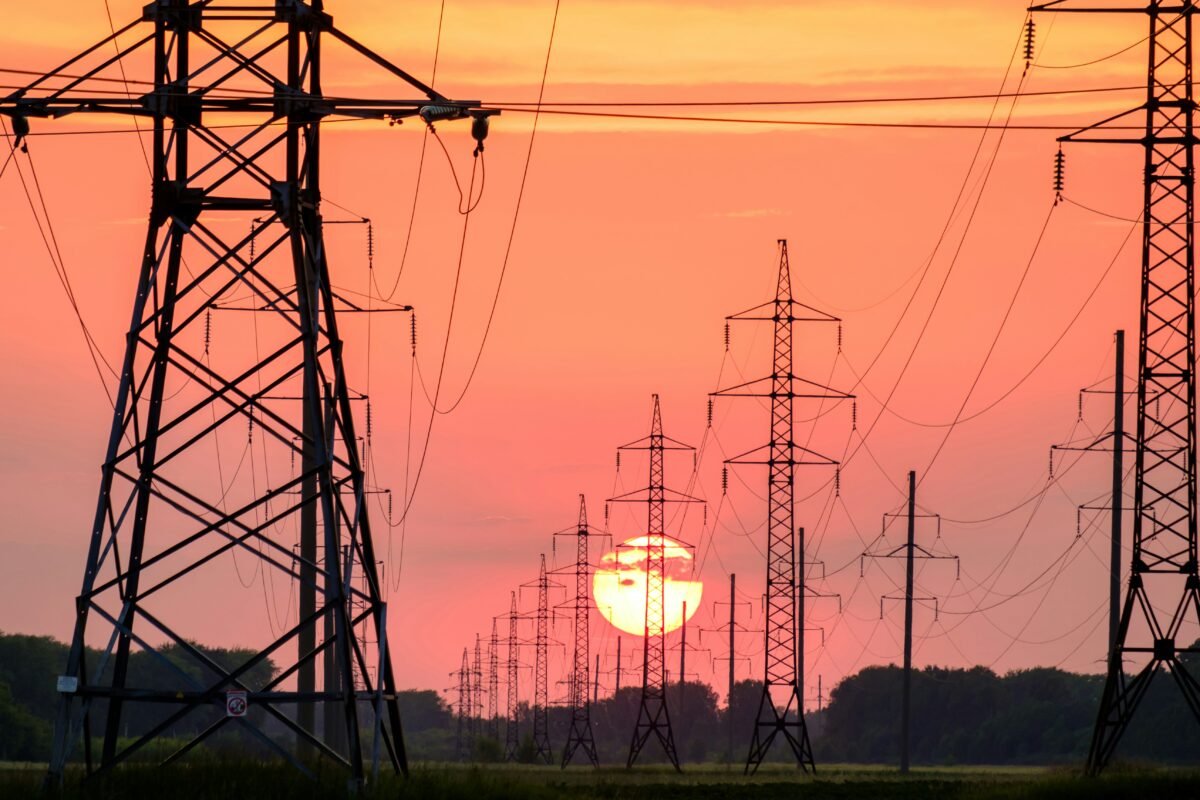From pv magazine USA
A group of researchers at Sandia National Laboratories are studying ways to increase grid resilience to extreme weather storms and hackers. Their idea is to build a self-healing grid through various algorithms coded into grid relays. These detectors would quickly restore power for critical infrastructure, including hospitals, grocery stores, assisted living facilities, and water treatment plants, before operators can implement repairs or provide direction on moving forward.
Researchers at Sandia imagine these grid relays embedded in microgrids of renewable energy supplies and their local energy storage systems. The Sandia project is focused on ensuring these small islands of power around critical infrastructure can automatically heal themselves and connect to share electricity, powering as many users as possible.
Sandia researchers plan to build this resilience by ensuring microgrids can automate functions like balancing energy production with consumption and reconfiguring if part of the system is impaired. The algorithm must also prevent microgrids from forming an unintentional loop in the circuit. All while leveraging device-specific local measurements to avoid the costs of having to depend on power inverters that currently offer the high-speed communications necessary.
Popular content
When it comes to automating energy production and consumption regulation, the Sandia-led team developed an algorithm based on the process inverters designed to power microgrids use when overloaded. However, instead of stopping to regulate the voltage of the power supply during surcharge, the new system uses the decrease in voltage to signal relays to disconnect power to less vital customers like those in individual homes.
Regarding reconfiguration, the automated process is based on computer-aided design software. The proposed algorithms of three small interconnected microgrids were able to isolate issues, including tree-downed lines or a damaged power plant, and then restore electricity to essential infrastructure.
To continue reading, please visit our pv magazine USA website.
This content is protected by copyright and may not be reused. If you want to cooperate with us and would like to reuse some of our content, please contact: editors@pv-magazine.com.



1 comment
By submitting this form you agree to pv magazine using your data for the purposes of publishing your comment.
Your personal data will only be disclosed or otherwise transmitted to third parties for the purposes of spam filtering or if this is necessary for technical maintenance of the website. Any other transfer to third parties will not take place unless this is justified on the basis of applicable data protection regulations or if pv magazine is legally obliged to do so.
You may revoke this consent at any time with effect for the future, in which case your personal data will be deleted immediately. Otherwise, your data will be deleted if pv magazine has processed your request or the purpose of data storage is fulfilled.
Further information on data privacy can be found in our Data Protection Policy.